Movie Review – Vampyr
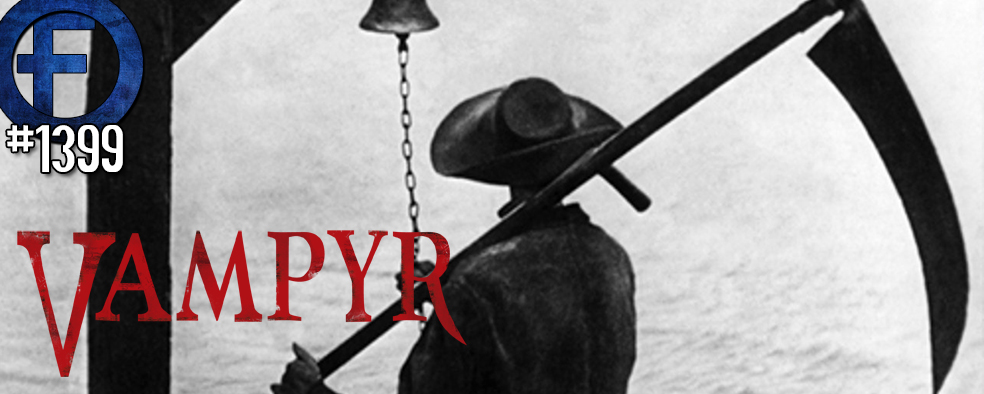
Director : Carl Theodore Dreyer
Year Of Release : 1932
Principal Cast : Nicolas de Gunzburg, Sybille Schmitz, Jan Heironimko, Henriette Girard, Maurice Schultz, Albert Brass.
Approx Running Time : 74 Minutes (Abridged)
Synopsis: A drifter obsessed with the supernatural stumbles upon an inn where a severely ill adolescent girl is slowly becoming a vampire.
**********
Filmed between 1930 and 1931, Carl Dreyer’s Vampyr is a masterpiece of visual horror. Belying its age, the film is an utter delight of the genre’s evocative stylistic leanings, the murky monochrome photography and existing German language version providing many skin-prickling moments of semi-silent film genius. While the narrative of the film is perhaps its weakest element – more on this in a moment – Vampyr is a film every fan of horror should check out at least once; I would suggest it owes a lot to FW Murnau’s Nosferatu in its vivacity of striking imagery, and yet its nightmarish, dreamlike storyline and characters offer little respite from a lethargic pace.
Itinerant wanderer David Grey (noted German socialite Nicolas de Gunzburg), who studies the occult and all things supernatural (because why not) arrives at a small-town in to become embroiled in the mysterious activities of two young women, Leone and Gisele (Sybille Schmittz and Rena Mandel respectively), who are in the thrall of a vampire (Henriette Girard).
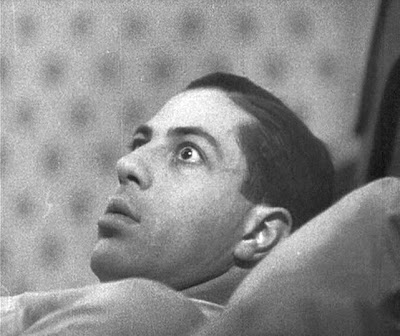
Vampyr was a commercial and critical failure when it arrived in cinemas in May 1932. Confusing, muddled, brutal; these are words used in early reviews to describe Dreyer’s film about a young woman’s curse to become a vampire, and to be fair the version available to me is a considerably reduced running time than that originally released, which may have something to do with the admittedly hack-and-slash feel to the story. The film’s preservation was substantially dismal, resulting in the original negatives all being lost entirely, and the current edition cobbled together from degraded and damaged footage obtained elsewhere. Shot for both French, German and English audiences (although no record of an English dubbed version exists, with only English interstitials on German dialogue being available) using then-nascent sound technology, Dreyer’s film was funded by its leading man, Nicolas de Gunzburg, by all accounts a European socialite who figured he could parlay his wealth into becoming a film star (this was his only role, as far as I can tell), and he worked with Dreyer and an assemblage of amateur actors to give himself the leading role in Vampyr’s startlingly good visual experiment.
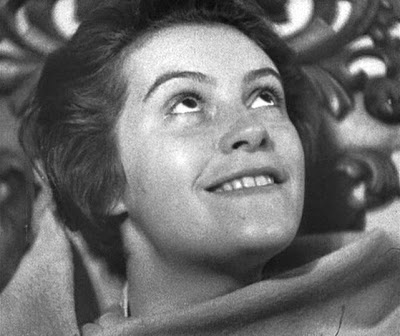
Although a sound film, Vampyr plays the majority of its length as a silent, using music, title cards and copious textual exposition to get its point across. The few scenes involving dialogue are delivered in German, and the film seems intent to focus on its visual elements instead. And Vampyr is a visually dynamic film, perhaps one of the best exponents of its kind in the early 20th Century cinematic expression. The film’s overall tone and tenor is a trembling, eerie, shadowy terror, accompanied by an effective orchestral score by noted German composer Wolfgang Zeller, is in many ways hypnotically beautiful, containing a scope far in excess of the technical abilities available to Dreyer at the time. The film uses a variety of sound effects for specific moments; one cannot claim this as the most raucous or sound-filled affair but the sparse spooky aural achievements are suitably eerie nonetheless.
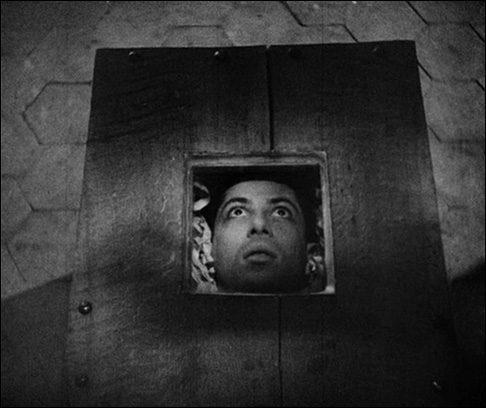
Acclaimed cinematographer Rudolph Mate (Dante’s Inferno, Foreign Correspondent, Gilda) shot the film with Dreyer in the French village of Courtempierre, and he brings to the screen a real sense of atmosphere, or rather atmos-fear, giving Vampyr a chilling, hallucinogenic quality quite astounding for its time. Inventive to a fault, Dreyer’s work would establish many of the tropes used in vampire cinema lore ever since, although here they’re deadly serious. Embryonic ideas in the horror genre abound, from creaking floorboards to low key-lighting and most obviously the mysteriously opening and closing doors et al, and while many of these concepts have been done to absolute death in the decades since, Dreyer’s use of them in Vampyr remains tautly well defined. The taint of modernity had yet to settle across the film-making landscape.
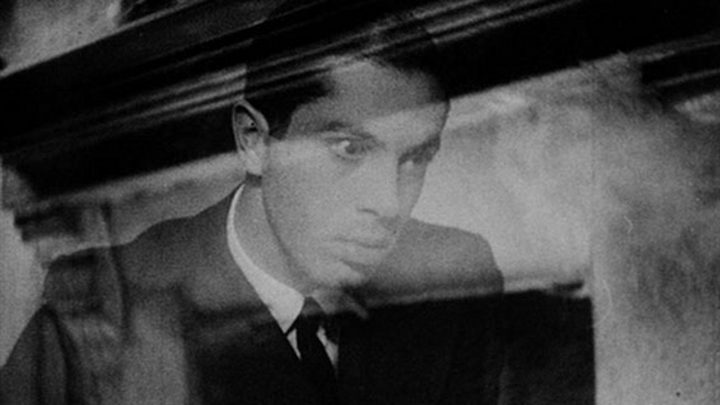
One of the most startling things about Vampyr is a terrific dream sequence midway through, in which Gunzburg’s David Grey wanders through a villa as an apparition, complete with see-through form that must have been an absolute pain to pull off in the day due to its complex technicality. This is a highlight in a film filled with more than its fair share, and I cannot for the life of me understand how critics of the day derided this movie. Even taking into account its formless narrative and disdain for characterisation, Vampyr is a remarkably stylish triumph of design and execution. At times ghoulish, at times downright spine-chilling, and almost always trying to achieve the impossible, Vampyr’s dedication to its own uniqueness elevates it from semi-literate B-movie to must-see classic. In my experience with vampire films I’ve rarely heard much spoken about it (usually always in deference to Nosferatu) and to me that’s a cinematic crime. Vampyr deserves more acclaim than casual genre fans award it; highly divisive for its time, the film is a rewarding visual treat offering staggeringly modern film-making craft and an ahead-of-its-time production value. Highly recommended.



